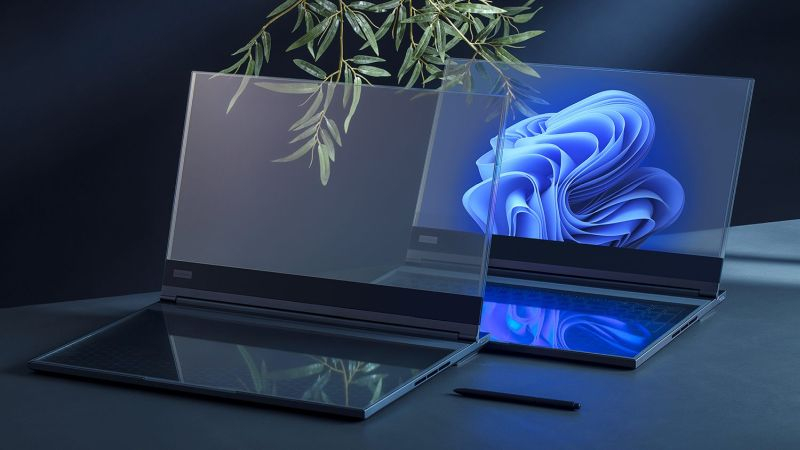As the world’s largest laptop manufacturer, Lenovo is very optimistic about the prospects for growth in demand for solutions supporting artificial intelligence acceleration functions in the coming years. Already in 2026, according to Lenovo management, the so-called AI PCs will be able to occupy from 50 to 60% of the primary market, and in 2027 all Lenovo brand computers will work effectively with the acceleration of artificial intelligence.

Image source: Lenovo
Lenovo is just beginning to expand its Copilot+ PC-eligible Microsoft Windows PCs. They are offered by the company in the USA, Japan and a number of other countries, initially among the most expensive models. Demand for such systems is quite high in the United States and China, as Luca Rossi, head of Lenovo’s Intelligence Devices Group, admitted in an interview with Nikkei. Such computers now make it possible to generate images based on text descriptions, as well as make text annotations for videos.
Lenovo representatives hope that entering the market of computers with AI acceleration will stimulate demand in a segment that has been showing negative sales dynamics since the pandemic. At least, by the end of this year, PC sales volumes will be equal to last year’s figures, according to Lenovo. Next year the market will return to growth at the level of 5 or 10%, and in 2026 the increase will not exceed 5%. And yet, in the coming years, demand for PCs will be fueled primarily by the need to update the computer fleet, since at least 300 million computers have already reached a service life of three or five years. In addition, Microsoft will end support for Windows 10 next year, and this will predictably push users to buy new computers.
Lenovo will adapt AI features to the market characteristics of each major region, including language, cultural and regulatory nuances. In China, it is collaborating with Alibaba on large language models. Already this year, as the manufacturer expects, the so-called AI PCs will occupy less than 10% of the primary PC market, but by 2026 their share will grow to 50–60%.
The company also expects its smartphone business to grow at double-digit percentage in the next two to three years. Now sales of Motorola smartphones are returning to growth, especially in North America and Latin America, and in Asia, Japan and India the company is ready to rely on expensive smartphone models. In the last fiscal year, which ended in March of this year, Lenovo’s revenue was 58% determined by PC sales. Two years ago this figure reached 68%.
Lenovo says the trend of manufacturers moving production outside of China is not a surprise to the company, since it itself has production facilities in Japan, Mexico, Europe, Brazil and India, not to mention China itself.